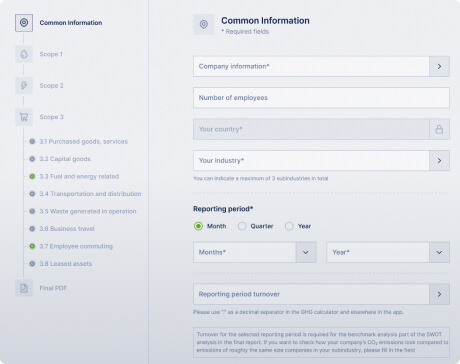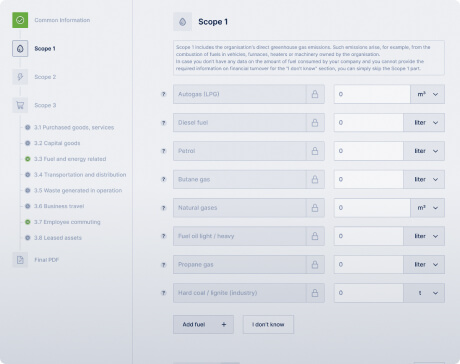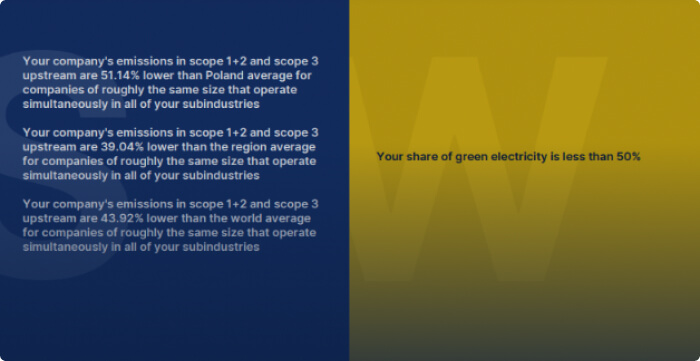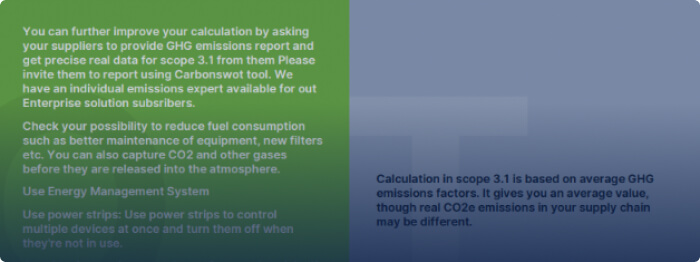We are a coalition of experts in carbon reduction, sustainability, human rights, and information technology. Leveraging our extensive knowledge and experience, we have developed a smart carbon footprint reporting and management system.
It’s built with the idea that climate care should be accessible and widespread. Sustainability is mandatory for operations and growth, so we believe it should be available and affordable for every business. That’s why we decided to offer a fast, effective and user-friendly alternative to the traditional expensive and complex approaches.
Our innovative technique lies in combining internationally-approved methodologies and databases with our proprietary AI. Analyzing gigabytes of carbon footprint data daily, it elevates the quality of CarbonSWOT’s reports to a world-class level.
We constantly ensure that our solution is up-to-date and relevant. By staying abreast of the latest developments in the CO2 emissions market and governmental sustainability requirements, we continuously integrate new insights and regulations into CarbonSWOT tools.
Collaborating with leading partners and educational institutions, we are constantly developing innovative methods for calculating emissions and enriching our proprietary data warehouse. This commitment to innovation ensures that CarbonSWOT remains at the forefront of carbon management technology.
This proactive approach ensures that our system not only meets but exceeds industry standards.








